Floods are among the most common and devastating natural disasters, causing extensive damage to homes and properties. They are also extremely expensive to recover from – in 2022 alone, property damage from flood events in the US cost people and governments more than $13 billion. This amount will likely rise as people continue moving to flood-prone areas at a record rate.
If your home was recently flooded, it’s important to start the recovery as soon as the waters recede to avoid further damage to your home and belongings. So what do you do after a flood, and how do you protect your home in the future?
To help, we put together ten essential steps for homeowners so you can be better prepared. So whether you live in a house Tampa, FL, and are recovering from a flood, or an apartment in Wilmington, NC, and just want to learn more, read on for ten important flood safety tips.
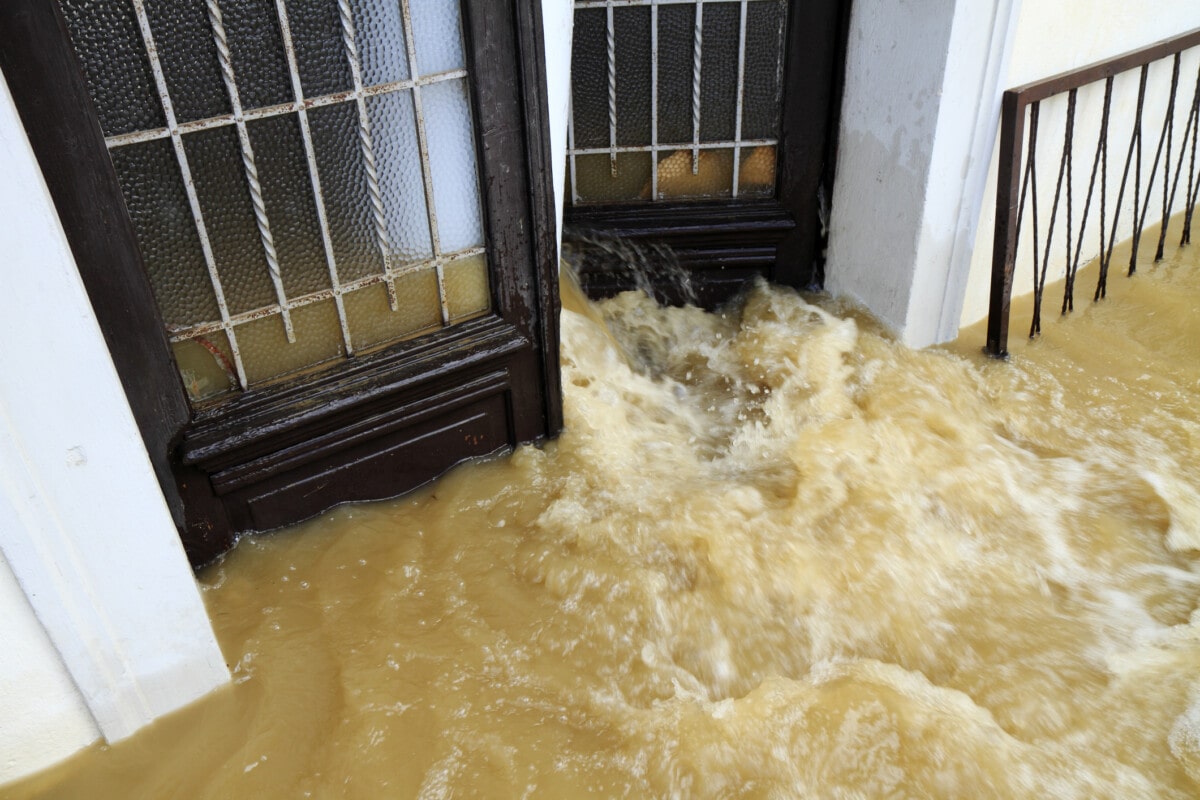
1. Prioritize your safety
Safety comes first. Only return to your home once authorities say it’s safe, and use abundant caution. Avoid rushing into your home, as there could be hidden dangers. When you first enter, watch out for downed power lines, gas leaks, standing water, and structural damage. If your power isn’t already out, turn off the electricity if you suspect it’s not safe.
As you move through your home, it’s essential to wear protective gear, like rubber boots and gloves, to prevent injuries. You should also have a first aid kit at hand in case of minor injuries.
Goran Todorovic, Broker of Record at Team Goran, advises that the most important thing to do after a flood is to obey all warning and caution signs. “Those warnings are there for everyone’s safety, including the emergency rescue teams and crews trying to clean up,” he says.
Renovating your home?
Find out what your home's worth, edit facts, and see the impact of home projects.
2. Assess water quality
Renovating your home?
Water contamination is extremely common during and after a flood. This is because floodwaters often carry a wide range of pollutants, including bacteria, chemicals, heavy metals, and sewage that can significantly contaminate a home or community’s drinking water supply. This contamination poses serious health risks, especially when used for drinking, cooking, or hygiene purposes.
To reduce risk after a flood, it’s essential to have your water tested to ensure its safety. Local health departments often offer testing services or can recommend a reliable lab. Until your water has been tested and deemed safe, use bottled water for drinking and cooking.
Importantly, if your home uses a private well and it was inundated by floodwater, it’s likely contaminated. You must have your well cleaned, disinfected, and tested by a professional before using the water again. The Environmental Protection Agency provides guidelines on how to disinfect wells after a flood
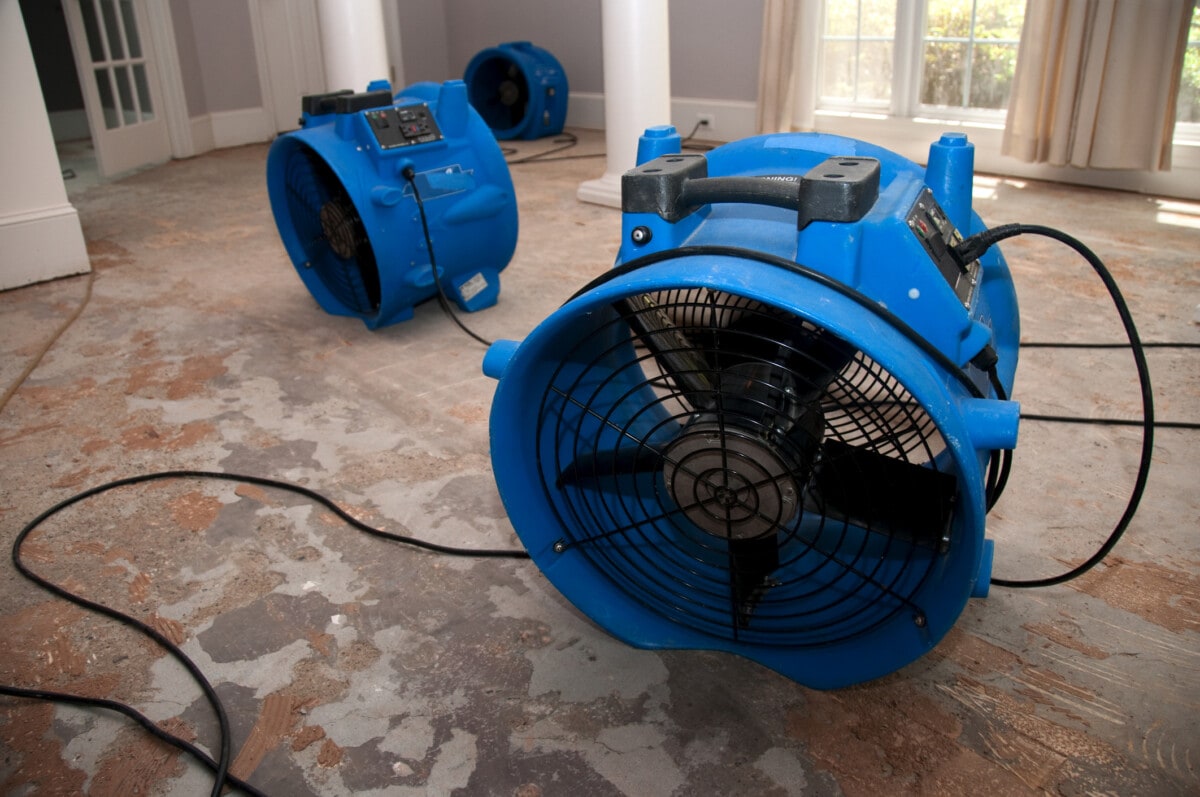
3. Look out for mold
Mold is a common and serious issue following floods. It can develop within 24 to 48 hours in damp, warm conditions, infesting walls, carpets, and furniture. Mold not only compromises the structural integrity of your home, but it can also pose significant health risks. These can range from allergic reactions and asthma attacks to more serious respiratory infections, especially in individuals with weakened immune systems.
Identifying mold can be tricky since it’s not always visible and it grows in hidden areas, such as behind walls or underneath floors. Common signs include a musty odor, discoloration on surfaces, and worsening allergy symptoms. If you spot or suspect mold growth, don’t attempt to handle it yourself, especially if it covers a large area. It’s best to call in a professional mold remediation company, as they have the appropriate equipment and expertise to remove mold safely and thoroughly, and can advise on preventing future mold growth.
4. Contact your insurance company
If you have a flood insurance policy, it’s crucial to contact your insurance company as soon as possible after a flood. They can guide you through the process of filing a claim. Be prepared to provide comprehensive documentation of the damage, which includes taking pictures and videos of the floodwater, damaged structures, and destroyed items. If you can, try to include water levels in your photos. This documentation helps expedite the claim process and helps ensure that you receive a fair settlement.
It’s important to understand that standard homeowners’ insurance policies typically do not cover flood damage. This is a common misunderstanding and can lead to unpleasant surprises in the event of a flood. Coverage for flood damage requires a separate flood insurance policy, often provided through the National Flood Insurance Program (NFIP), a program managed by the Federal Emergency Management Agency (FEMA).
5. Seek additional financial assistance
Dealing with the aftermath of a flood can be financially challenging, especially if your policy coverage falls short, or you don’t have one at all. If this is the case, you may qualify for assistance from federal, state, or local entities.
The Federal Emergency Management Agency (FEMA) provides the majority of assistance after declared disasters, including floods. This assistance can take many forms, including grants for temporary housing, home repairs, and low-interest loans to cover uninsured property losses. You may also qualify for assistance programs through the U.S. Small Business Administration (SBA), even as a homeowner or renter. The SBA provides low-interest disaster loans to help cover the cost of repairing or replacing damaged property.
Lastly, local charities, non-profit organizations, and community groups often offer free emergency aid in the aftermath of a flood. This could include distributing supplies, organizing volunteer cleanup crews, and offering temporary housing.
No matter your method, make sure to reach out for help proactively and promptly; there can often be application deadlines for disaster assistance programs, especially for major events
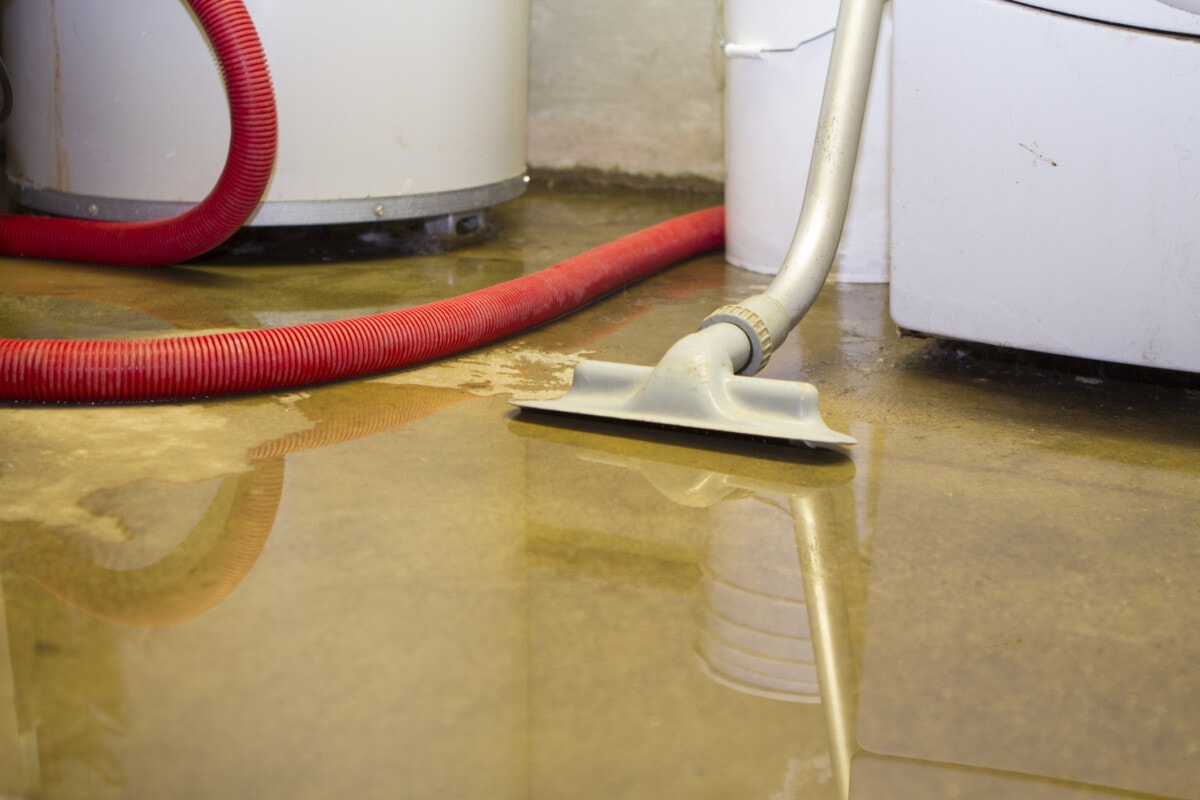
6. Thoroughly clean your home
Next, it’s time to begin cleaning up. This step is crucial as stagnant water can lead to mold growth, which poses serious health risks. Remove water-damaged items from your home and start drying out the property. Utilize fans, dehumidifiers, and heaters to speed up the process.
Cleaning up after a flood is a monumental task. You might consider hiring a professional restoration company that specializes in post-flood cleanups. They have the expertise and equipment to handle the situation effectively and safely.
7. Repair and renovate
Once everything is dry and clean, it’s time to repair and renovate your home as necessary. This process could range from replacing drywall and flooring to more extensive structural repairs, such as replacing your roof. Consider hiring a contractor who has experience in restoring homes after a flood.
You can take this opportunity to make your home more flood-resistant so you’re prepared for the future. Options include elevating utilities, waterproofing your basement, or even raising your home, depending on your budget and local building codes.
The team at Drainage & Erosion Solutions has additional tips to help prepare for a future flood. “Consider sealing foundation cracks, cleaning gutters and downspouts, and maintaining proper property grading,” they suggest. “Additionally, if you have a retaining wall or graded landscaping, you should install a French drain or drainage swale. Lastly, a sump pump with a battery backup, and a backwater valve, are great options to speed up the cleaning process.”
8. Be aware of scams
Unfortunately, disasters can bring out scammers who prey on vulnerable homeowners. Scammers can take many forms, including charity, government, and insurance impersonators. One of the most common types are home renovation contractors who come unsolicited offering repairs. They will often ask for a downpayment for work that they never end up completing.
To be safe, always verify the credentials of anyone you hire or divulge information to. You can also check with your local Better Business Bureau or your state’s licensing board to ensure you’re working with a legitimate professional. If you’re unsure, ask plenty of questions and contact local authorities.
Insurance adjusters and government officials will never ask for money, collect down payments, or charge a fee for their services.
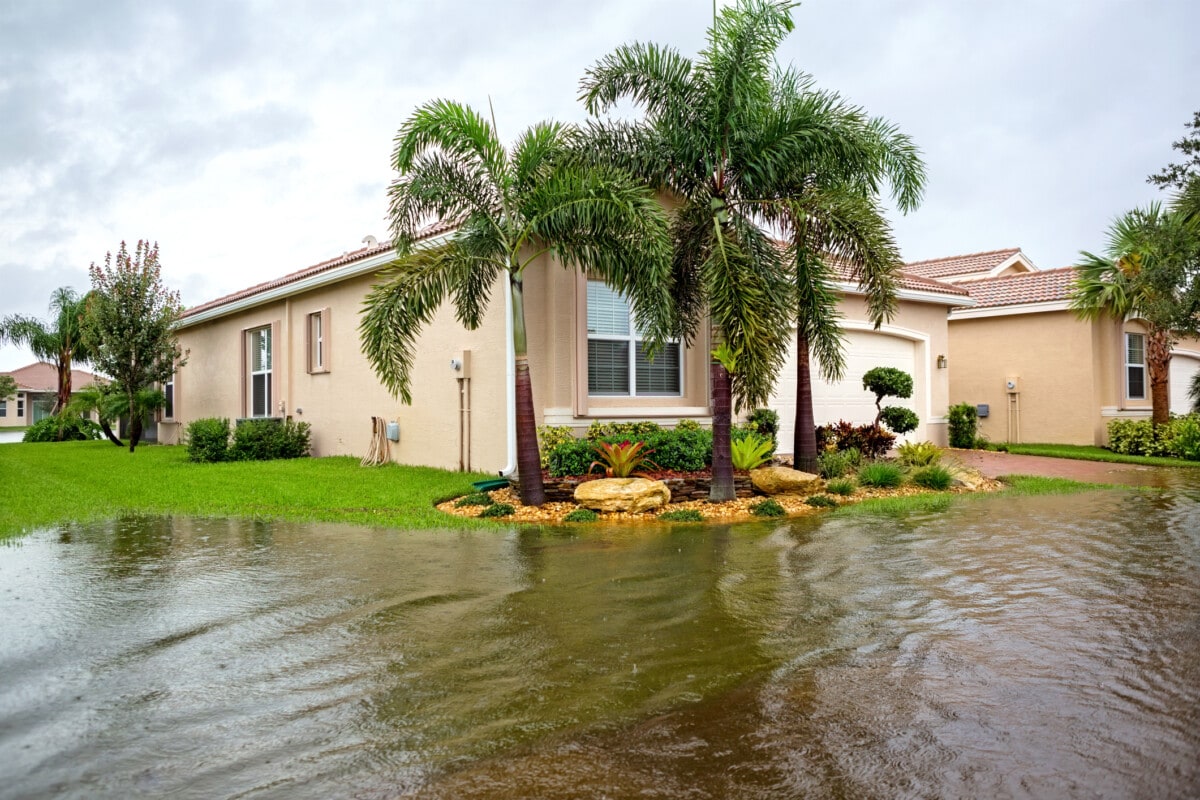
9. Take care of your emotional health
Don’t neglect your emotional wellbeing in the wake of a flood. It’s normal to feel a variety of emotions, including sadness, frustration, and anxiety. If you feel like you need support, reach out to local community organizations or a mental health professional. Taking care of your emotional health will help you better navigate the recovery process and emerge stronger.
10. Prepare for the future
While you can’t control the weather, you can prepare for surprises. Even if you felt prepared for this flood, it’s essential to prepare for the next as soon as you can. Here are some important steps to take:
- Review your insurance policies: Ensure you have appropriate coverage by revisiting your insurance policies. If you didn’t have coverage for this flood, you’ll want it for the next one.
- Install a sump pump: Sump pumps are critical to help remove water from your basement or other depressed areas. Consider a battery-powered option in case of a power outage.
- Create a flood readiness plan: This should include a clear evacuation plan detailing how and when to leave your home, the safest escape routes, and where to go.
- Prepare an emergency kit: Even if you had plenty of supplies this time around, it’s important to keep it stocked for the next event. Your kit should be waterproof and include necessary items like food, water, medication, important documents (like insurance policies), a first-aid kit, hygiene supplies, clothes, cash, and anything else you might need if you must evacuate your home quickly.
- Understand your flood risk: Many people don’t know if their property is more at risk of flooding. You can learn if your property is at risk using the flood factor tool, or by searching your property on Redfin.
Looking to save money on your mortgage?
What to do after a flood: final thoughts
Knowing what to do after a flood can be extremely challenging and daunting. You have to juggle various tasks, ranging from documenting damage and contacting insurance companies, to dealing with potential mold issues and seeking out financial assistance, all while dealing with emotional pain. However, with a systematic approach that includes safety, restoration, insurance, and preparing for the future, the road to recovery can become more manageable.
Recovering from a flood also provides an opportunity to rebuild stronger. This can include understanding and updating insurance policies, flood-proofing your home, creating a comprehensive readiness plan, and understanding your flood risk.
As the world continues to experience the effects of climate change, for many, these measures aren’t just optional but essential. By being proactive and informed, homeowners and renters can not only navigate the recovery from a flood but also better prepare themselves for future events.
This guide should not replace professional advice or guidance. Always seek help from certified professionals for issues related to structural integrity and safety, and follow all official guidance before, during, and after a major weather event.



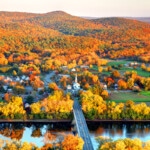


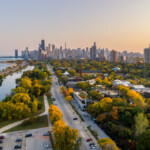

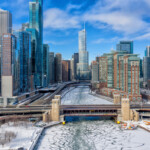

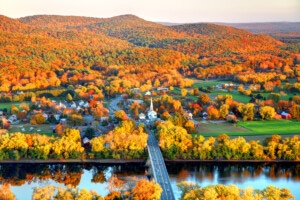


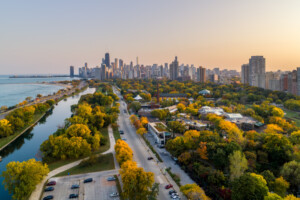
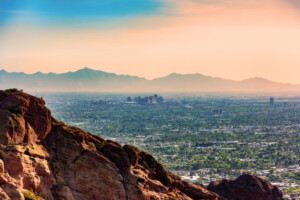
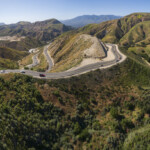

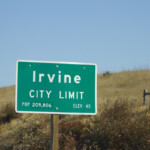









 United States
United States Canada
Canada